Like most Americans, Davidson students were aware of wars in East Asia and Europe but their involvement was limited. On November 17, 1941, the YMCA announced that the annual Gift Fund project would be directed at refugees and war prisoners. Specifically, the gift fund would be purchasing Bibles to be sent to China, to prisoners in concentration camps in Germany, and to the US Navy. Using the theme of Let Use Share Our Faith, YMCA president Jim Owens stressed the need for “fighting hate and suffering with our strongest weapon, the Bible.”
College president John Cunningham and town mayor (and Latin professor) Ernest Beaty endorsed the gift fund project with Cunningham saying “I can scarcely think of any undertaking which holds the possibility of being more fruitful” and Beaty declaring “The best defense against evil in the present age is Truth as expressed through the Bible.”
Headlines for the December 11, 1941 Davidsonian –the first issue after the bombing of Pearl Harbor — focused on the latest Red and Black Masquers play, the annual Vesper service, and the cost of dance bands. The only reference to war came in one article about the ROTC honorary Scabbard and Blade.
Below the fold, this issue featured a photograph of the Davidson Bibles arriving at the USS North Carolina.
More news about the war appeared on page 2, with the text of President Cunningham’s chapel speech from December 5th:
Cunningham urged restraint, noting that he was in seminary in 1917 at the outbreak of WWI, he told current students
I wish to express a word of caution today against panic and hysteria at this time. It is possible that some few students may feel that they are called to turn aside from their preparation and hasten into the military service of the country. My prediction is that there is plenty of time yet for that service. The word which I wish to stress, particularly to you today is that you are now engaged in a fundamental defense task. You must beware that you do not throw away an opportunity which has been denied approximately 97 per cent of young men– those who do not get to college. We must look further than winning a war. Winning the peace is going to be even more important.
A student editorial on the same page focused more on the American sense of humor in relation to Japanese culture.
The first effects of the war on campus appear in the January 29, 1942 issue with articles on changes in physical education, the introduction of summer classes, changes in ROTC staff and the first Red Cross canvas. Other headlines show life as usual with mid-winters dances and Presbyterian student conferences.
Back on page 3 of this issue, the college library gets credit for collecting books (other than Bibles) for the military.
The first war bonds cartoons appeared in the February 5th issue. One on the editorial page.
And one on page five next to an article on draft deferment policies:
The Trustees began to address war-related issues later in February.
Noticeably absent are any articles on international events. The student paper has rarely covered much in the way of national or international news and in the initial weeks after Pearl Harbor that focus didn’t change. The first reference to Davidson alumni in the military appeared in the February 26, 1942 issue.
A few weeks later, the Davidsonian reported on the civilian defense as the college began organizing air raid and fire watchers. Davidson was an unlikely target but we were prepared.
The war became more prevalent –even without wire stories from the front– when advertisers started using military themes.
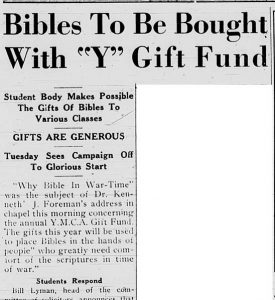
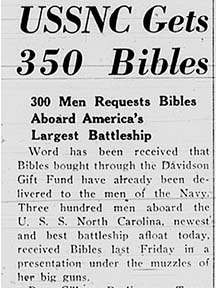

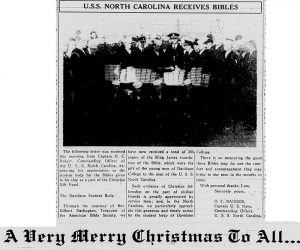

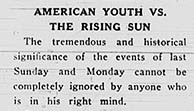
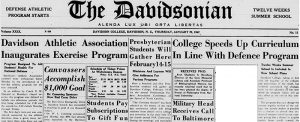
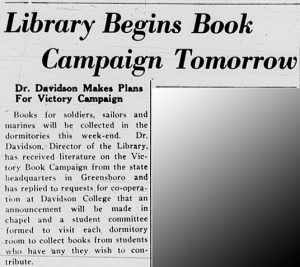
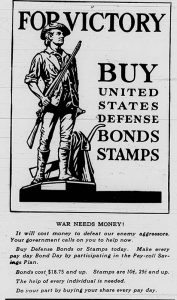
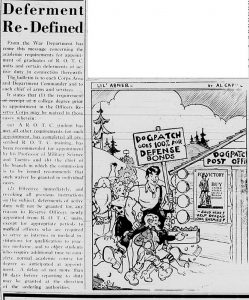
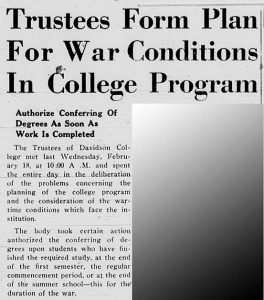
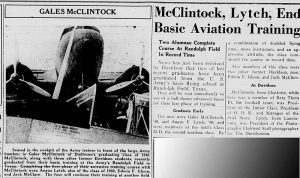
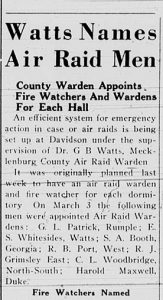
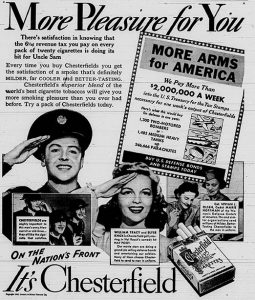

Speak Your Mind